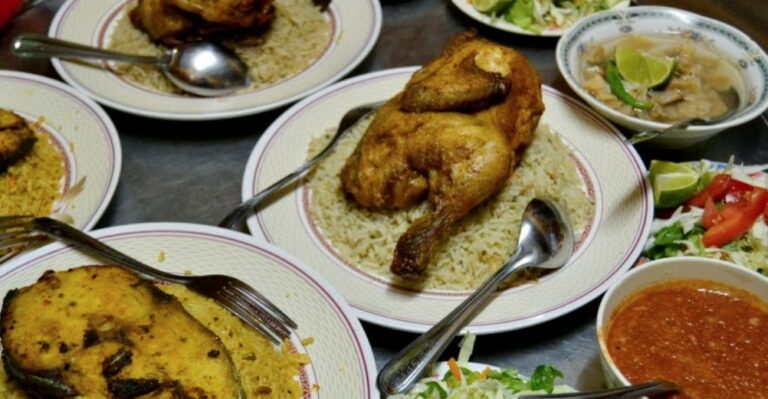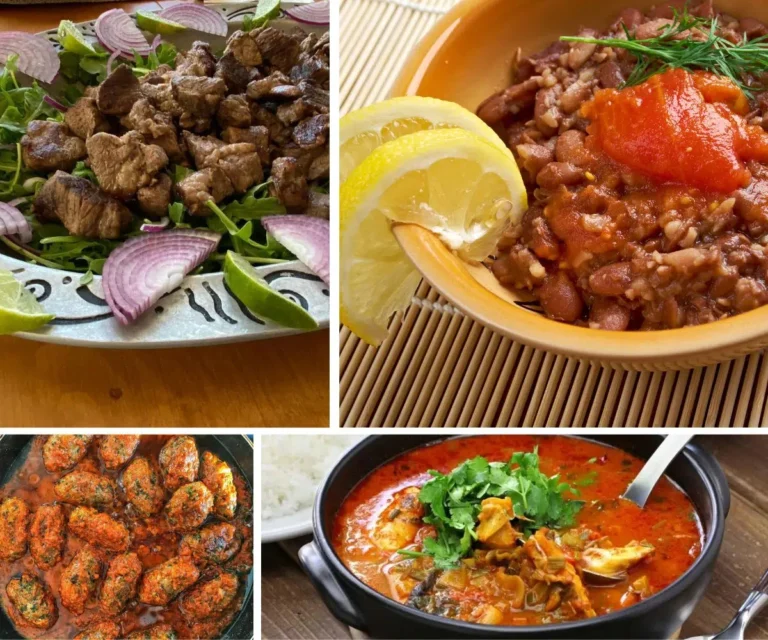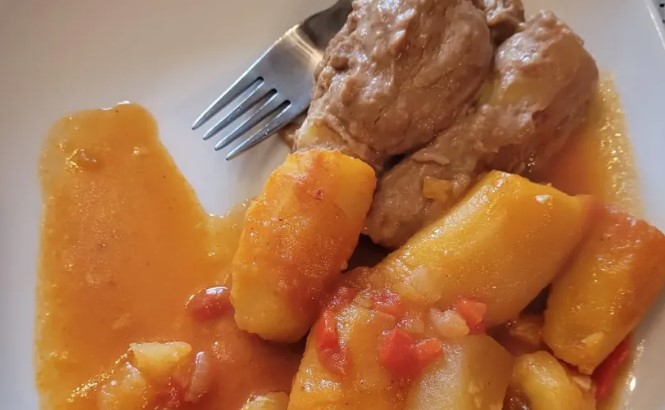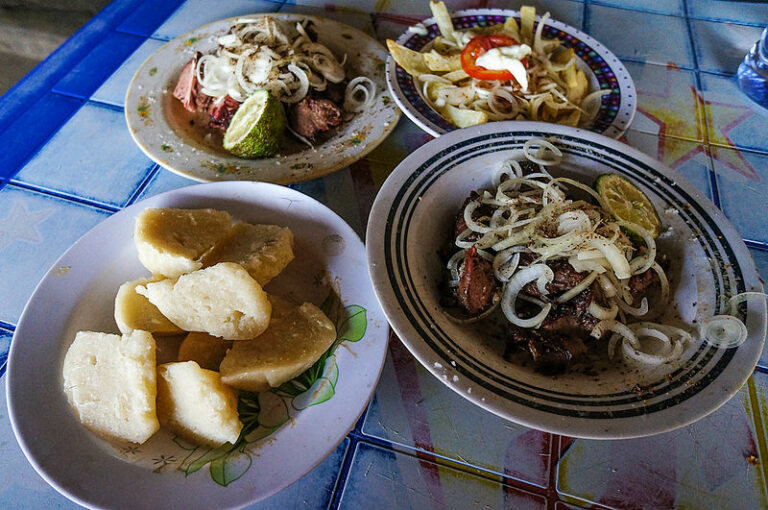Introduction: The History and Culture of Omani Cuisine
Omani cuisine has been influenced by a variety of cultural and historical factors, including East African and Indian cuisines. Omani cuisine is known for its distinct flavors and fragrances, which are created using a variety of spices and herbs. The cuisine of Oman is also characterized by its use of seafood, rice, and meat, which are all staples in the Omani diet.
Omani cuisine has a rich history, and it has been influenced by many cultures over the centuries. The cuisine of Oman has evolved over time, and it reflects the country’s diverse cultural heritage. Omani cuisine is known for its unique blend of flavors and ingredients, which are a testament to the country’s rich history and culture.
East African Influence on Omani Cuisine: Spices and Staples
East African cuisine has had a significant influence on Omani cuisine, particularly when it comes to the use of spices and staples. The East African spice trade introduced a range of new flavors and ingredients to Omani cuisine, including cardamom, cumin, coriander, and saffron. Omani cuisine also incorporates staples such as maize, beans, and cassava, which are commonly used in East African cooking.
The influence of East African cuisine on Omani cuisine can be seen in dishes such as shuwa, a slow-roasted lamb dish that is flavored with a blend of spices and cooked in an underground pit. Other dishes that reflect the influence of East African cuisine include mishkak, a grilled meat skewer that is marinated in a blend of spices and served with a chili dipping sauce.
Indian Influence on Omani Cuisine: Tandoori and Biryanis
Indian cuisine has also had a significant influence on Omani cuisine, particularly in the use of tandoori and biryanis. Tandoori dishes are a popular part of Omani cuisine, and they are typically made using chicken, lamb, or fish that is marinated in a blend of spices before being cooked in a tandoor oven. Biryanis, a rice-based dish that is flavored with a range of spices and herbs, are also a popular part of Omani cuisine.
The influence of Indian cuisine on Omani cuisine can be seen in dishes such as machboos, a spiced rice dish that is typically made with chicken or fish and is similar to biryani. Indian-influenced desserts such as kulfi, a type of ice cream, and gulab jamun, a fried dough ball soaked in syrup, are also popular in Oman.
Fusion of East African and Indian Flavors in Omani Cuisine
The fusion of East African and Indian flavors in Omani cuisine has resulted in a unique blend of flavors and ingredients. This fusion can be seen in dishes such as shawarma, a Middle Eastern-inspired sandwich that is filled with spiced meat, pickled vegetables, and tahini sauce. Another example is the popular Omani dish halwa, a sweet dessert that is made using a blend of spices and ingredients such as rose water, saffron, and cardamom.
Other dishes that reflect the fusion of East African and Indian flavors in Omani cuisine include samosas, a spiced pastry that is filled with vegetables or meat and served with a dipping sauce, and kahwa, a spiced coffee that is typically served after meals.
Omani Cuisine Today: Traditional and Modern Dishes
Today, Omani cuisine continues to evolve and adapt to changing tastes and trends. Traditional Omani dishes such as shuwa and machboos remain popular, but there is also a growing interest in modern and fusion cuisine. Restaurants and cafes in Oman are experimenting with new flavors and ingredients, and there is a growing interest in healthy and sustainable eating.
Modern Omani dishes include salads, wraps, and smoothie bowls that are made using fresh, local ingredients. Fusion dishes such as sushi rolls that are filled with Omani flavors and ingredients are also becoming popular in Oman.
Conclusion: The Future of Omani Cuisine and Its Global Reach
Omani cuisine has a bright future, and it is already starting to gain global recognition. The unique blend of flavors and ingredients that make up Omani cuisine is attracting food lovers from around the world, and there is growing interest in Omani restaurants and cuisine.
The fusion of East African and Indian flavors in Omani cuisine is also contributing to its popularity, as it creates a unique and distinctive culinary experience. As Omani cuisine continues to evolve and adapt, it is likely to become an even more important part of global cuisine, representing the rich history and culture of Oman.








